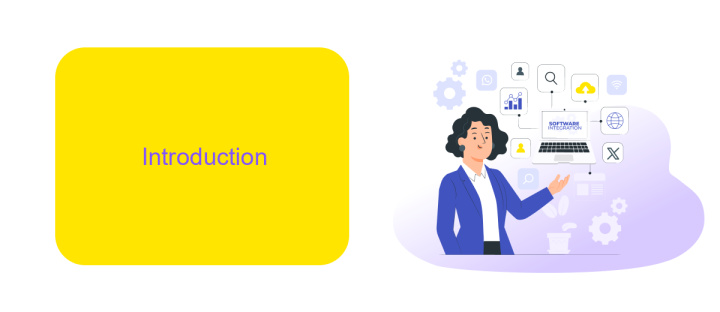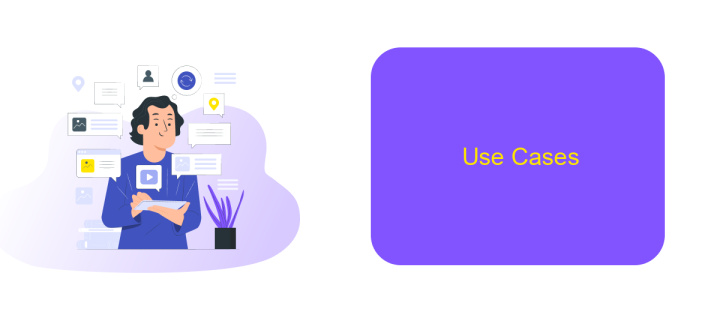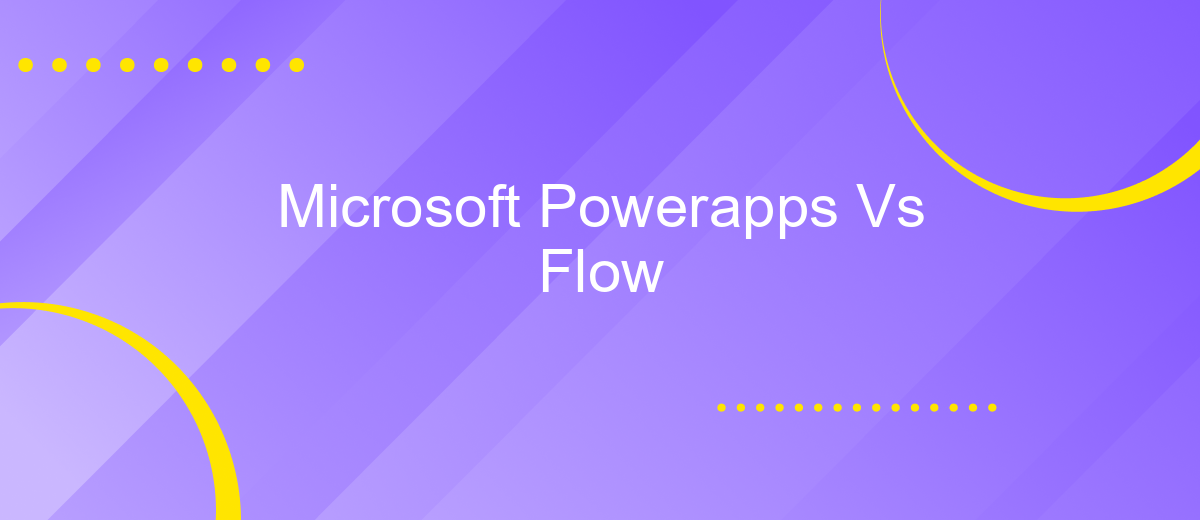Microsoft Powerapps Vs Flow
In today's fast-paced digital landscape, businesses are constantly seeking tools to streamline operations and enhance productivity. Microsoft offers two powerful solutions: PowerApps and Flow. While both aim to automate tasks and improve efficiency, they serve distinct purposes and offer unique features. This article delves into the key differences and advantages of Microsoft PowerApps versus Flow, helping you choose the right tool for your needs.
Microsoft Powerapps Vs. Flow
Microsoft PowerApps and Flow are powerful tools designed to enhance business productivity. PowerApps allows users to create custom applications with minimal coding, enabling the automation of business processes and the integration of various data sources. On the other hand, Flow, now known as Power Automate, focuses on automating workflows between apps and services, thereby streamlining repetitive tasks.
- PowerApps: Ideal for building custom applications with a user-friendly interface.
- Power Automate (Flow): Best for automating workflows and connecting different services.
- Integration: Both tools can be integrated with third-party services like ApiX-Drive for enhanced functionality.
In conclusion, while PowerApps excels in creating tailored applications, Power Automate is the go-to for automating workflows. The combination of these tools, especially when integrated with services like ApiX-Drive, can significantly boost organizational efficiency by simplifying complex processes and ensuring seamless data flow.
Introduction

Microsoft PowerApps and Flow are two powerful tools designed to streamline business processes and enhance productivity. PowerApps allows users to create custom applications without extensive coding knowledge, enabling businesses to solve specific challenges with tailored solutions. Flow, on the other hand, automates workflows between various applications and services, reducing manual effort and improving efficiency across the organization.
In this article, we will compare Microsoft PowerApps and Flow, examining their features, benefits, and use cases. We will also explore how these tools can be integrated with other services, such as ApiX-Drive, to further optimize business processes. By understanding the strengths and limitations of each tool, you can make an informed decision on which solution best fits your organization's needs.
Comparison Table

When comparing Microsoft PowerApps and Microsoft Flow, it is crucial to understand their distinct functionalities and use cases. PowerApps is primarily focused on app development, allowing users to create custom applications without extensive coding knowledge. On the other hand, Flow, now known as Power Automate, is designed to automate workflows and integrate various services and applications seamlessly.
- Purpose: PowerApps is used for developing custom apps, while Flow automates workflows.
- User Interface: PowerApps offers a drag-and-drop interface for app creation, whereas Flow provides a more process-oriented interface for automation.
- Integration: Both platforms support integration with multiple services, but Flow excels in connecting diverse applications through its extensive library of connectors.
- Customization: PowerApps allows for extensive customization of applications, while Flow focuses on customizing automation processes.
- Learning Curve: PowerApps may require more time to master due to its app development capabilities, while Flow is relatively easier to learn for automating tasks.
For seamless integration of various applications and services, tools like ApiX-Drive can be extremely beneficial. ApiX-Drive simplifies the process of connecting different platforms, making it easier for users to automate workflows and integrate services without extensive technical expertise.
Use Cases

Microsoft PowerApps and Flow are powerful tools designed to automate workflows and create custom applications without extensive coding. PowerApps is primarily focused on building custom apps that can connect to various data sources, while Flow (now known as Power Automate) automates repetitive tasks and workflows across multiple applications and services.
Organizations can leverage these tools to streamline their business processes and improve efficiency. For instance, PowerApps can be used to create tailored applications for inventory management, customer relationship management (CRM), and employee onboarding. On the other hand, Power Automate can automate routine tasks such as sending notifications, updating records, and synchronizing data across different platforms.
- Automating approval processes
- Creating custom forms and applications
- Integrating with external services using ApiX-Drive
- Syncing data between different systems
- Generating reports and analytics
By utilizing PowerApps and Power Automate, businesses can significantly reduce manual effort and minimize errors. Moreover, integrating these tools with services like ApiX-Drive allows seamless connectivity between various applications, further enhancing productivity and operational efficiency.
Similarities and Differences
Microsoft PowerApps and Flow are both part of the Microsoft Power Platform, designed to streamline business processes and enhance productivity. Both tools allow users to automate tasks and integrate various services without requiring extensive coding knowledge. They share a common goal of simplifying workflow automation and data management, making it easier for businesses to operate efficiently. Additionally, both PowerApps and Flow can be integrated with a wide range of Microsoft and third-party applications, including popular services like ApiX-Drive, which facilitates seamless integration and data synchronization.
Despite their similarities, PowerApps and Flow serve distinct purposes. PowerApps is primarily focused on creating custom applications that can run on multiple devices, allowing users to build tailored solutions for specific business needs. On the other hand, Flow (now known as Power Automate) is designed to automate repetitive tasks and workflows, enabling users to create automated processes that can be triggered by specific events or conditions. While PowerApps provides a platform for app development, Flow excels in connecting different services and automating workflows, making them complementary tools within the Power Platform ecosystem.
- Automate the work of an online store or landing
- Empower through integration
- Don't spend money on programmers and integrators
- Save time by automating routine tasks
FAQ
What is the primary difference between Microsoft PowerApps and Microsoft Flow?
Can PowerApps and Flow be used together?
Is it necessary to have coding knowledge to use PowerApps and Flow?
Can I integrate third-party services with PowerApps and Flow?
What are common use cases for PowerApps and Flow?
Apix-Drive is a universal tool that will quickly streamline any workflow, freeing you from routine and possible financial losses. Try ApiX-Drive in action and see how useful it is for you personally. In the meantime, when you are setting up connections between systems, think about where you are investing your free time, because now you will have much more of it.


